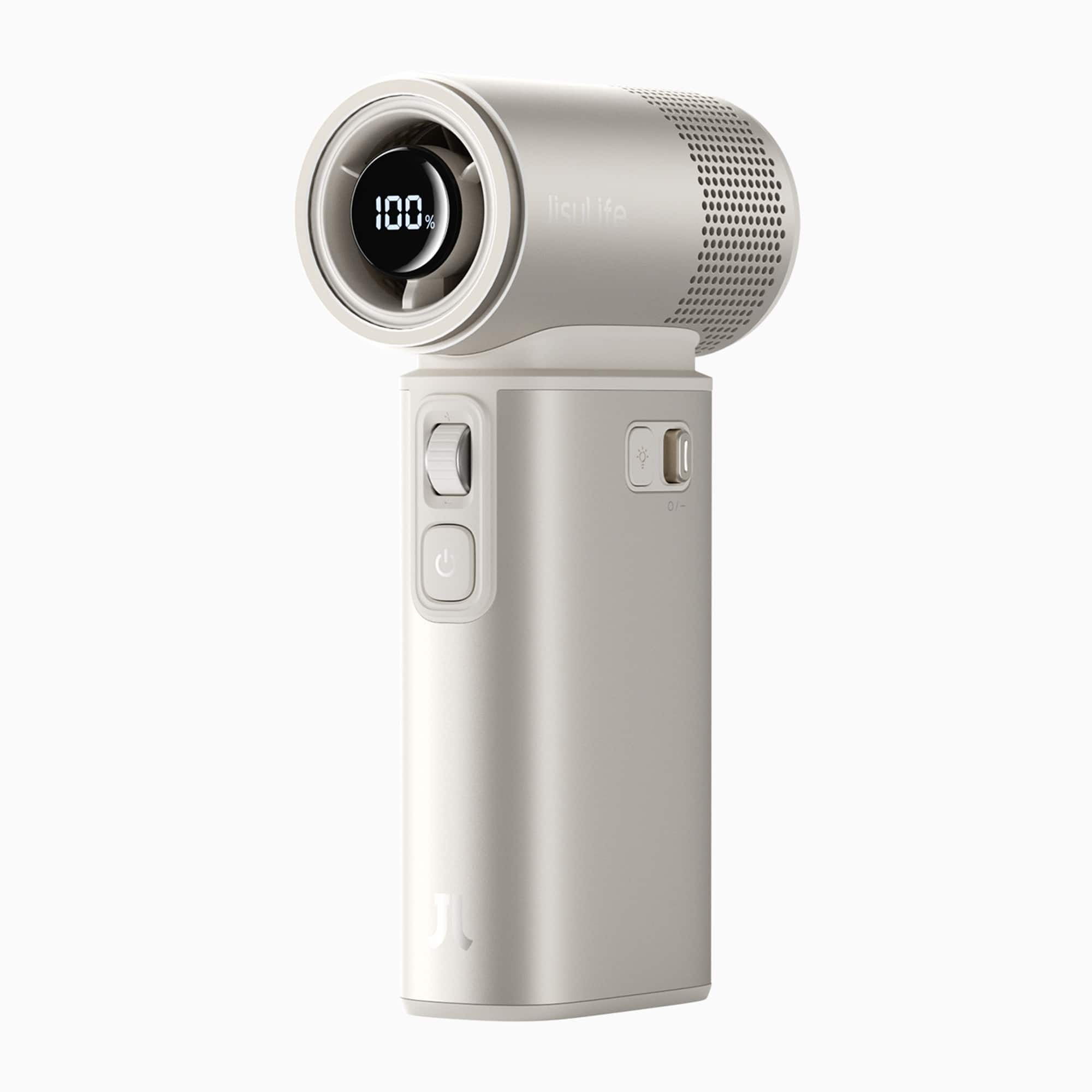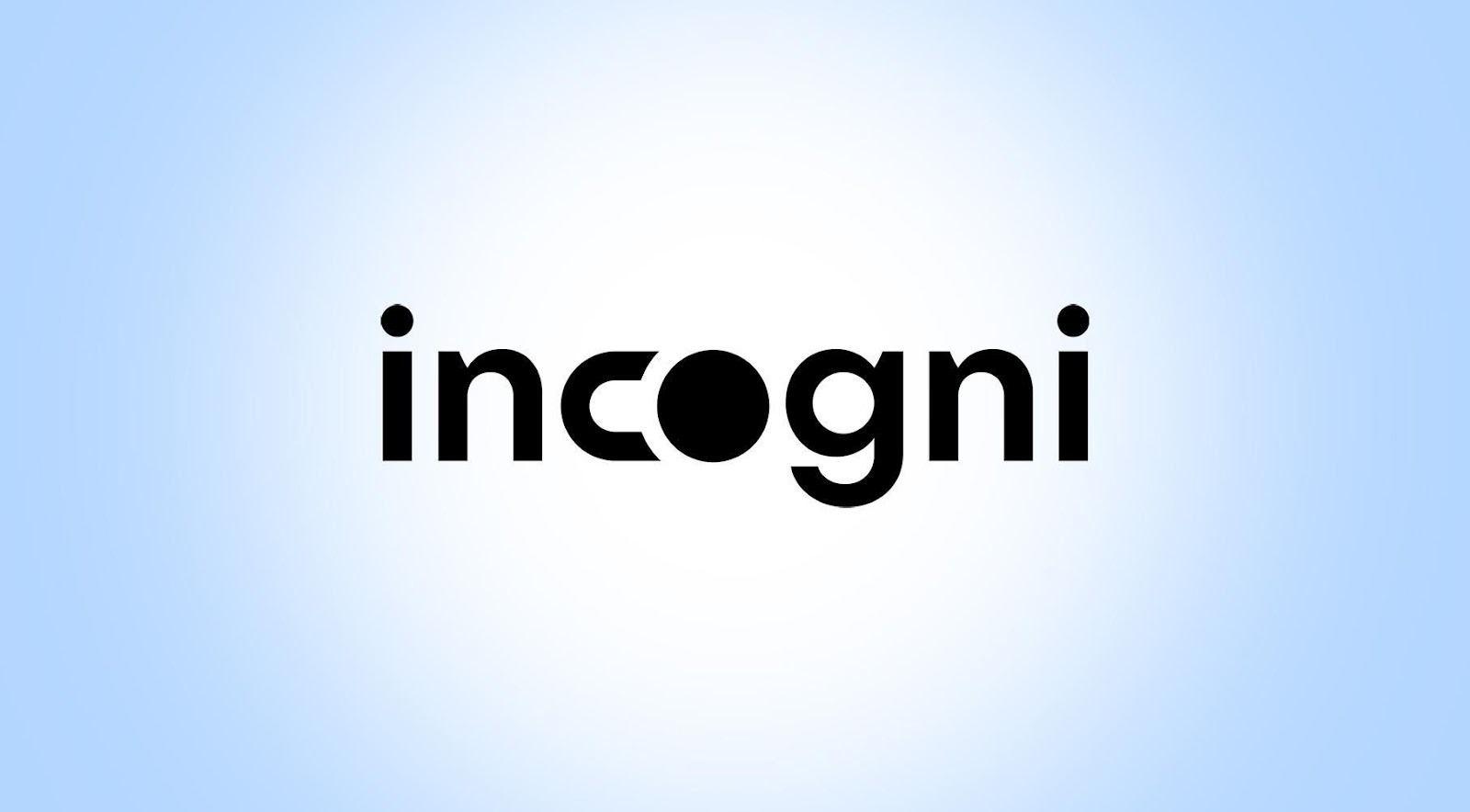AI is transforming our world, but most people are still using it like they’re ordering fast food when they could be cooking five-star meals. Effective prompting isn’t just typing questions into ChatGPT—it’s the difference between getting a generic response and unlocking genuinely useful output that solves your actual problems.
Think of prompt engineering like the difference between asking a new intern to “do some research” versus giving them a detailed brief with clear deliverables. One gets you a random PowerPoint; the other gets you exactly what you need. With strategic prompting, you can transform AI from a novelty into your most valuable productivity asset, as explored in prompt engineering basics and applications.
12. Context Window Mastery

Context windows determine how much information AI can remember within a single conversation. Think of it like short-term memory—exceed the limit and early details vanish into digital amnesia. In transformer-based models, the context window in language models defines this memory boundary and shapes how much context the AI can use at once.
Strategic prompters front-load critical information and reference key points throughout longer conversations. They also know when to start fresh rather than dragging dead context weight. Managing this invisible boundary separates casual users from power users who get consistent, reliable results.
11. Meta-Prompting: Architecting Thought with AI
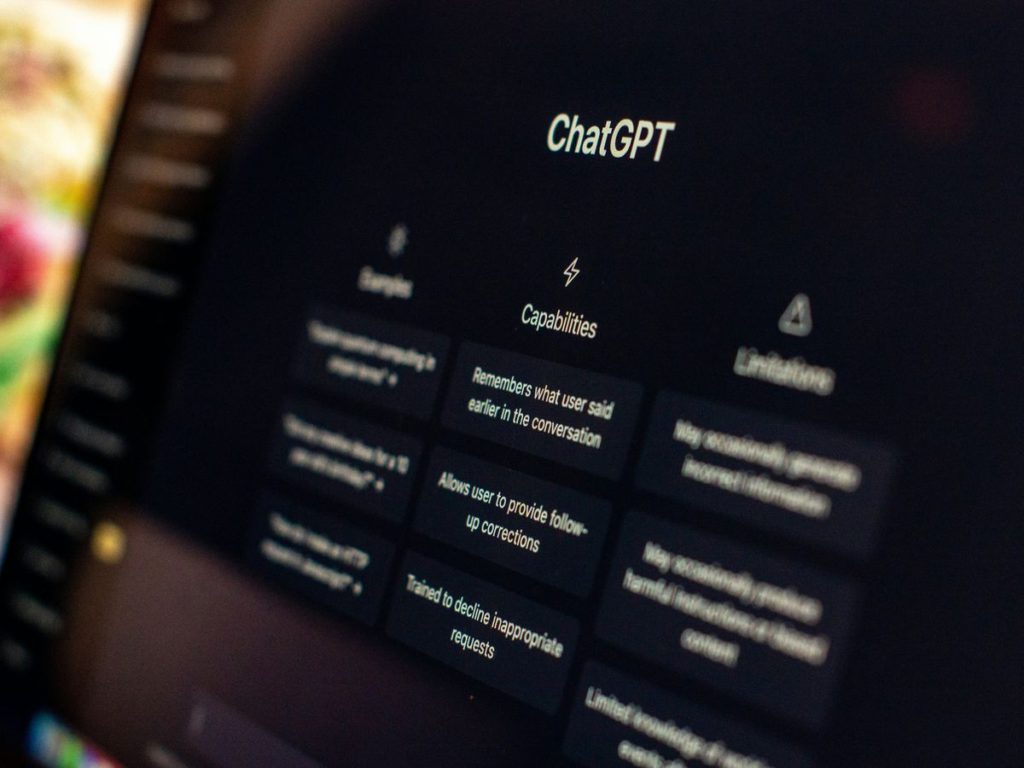
The most sophisticated prompters don’t just use AI—they collaborate with it. Meta-prompting means thinking about the thinking process itself, treating the AI less like a vending machine and more like a thought partner. Approaches such as meta-prompting strategies for AI help users shape not just the answer, but the reasoning behind it.
Chess grandmasters don’t just make moves—they consider the overall structure of the game. You’re not just asking for answers; you’re designing the cognitive framework that generates those answers. This approach creates a virtuous cycle where each interaction improves future output quality.
10. The Dawn of Prompt Engineering
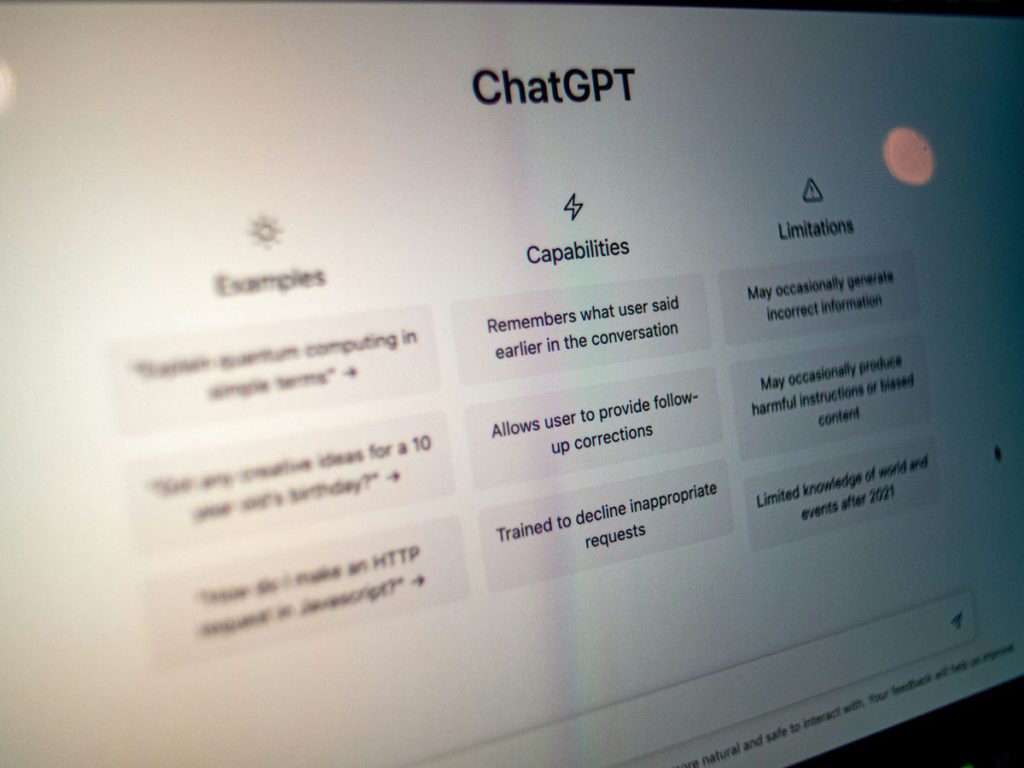
Traditional AI interaction feels like shouting questions into a void and hoping something useful comes back. Smart prompting transforms that chaos into precision-guided results that actually move your projects forward.
The shift from random queries to strategic prompts mirrors how calculators evolved into spreadsheets. Sure, both crunch numbers, but one revolutionized entire industries. Prompt engineering isn’t just better AI usage—it’s the foundation skill for the next decade of work, as outlined in prompt engineering best practices.
9. First Principles Thinking in Prompting
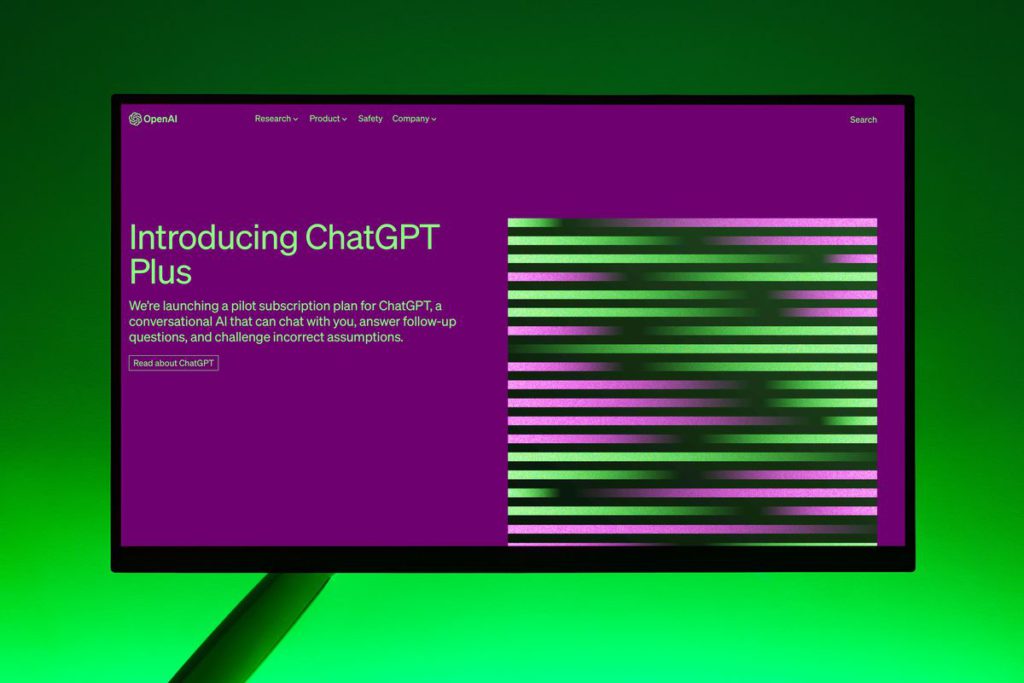
Elon Musk breaks problems down to fundamental truths and rebuilds from scratch. That’s first principles thinking, and it’s devastatingly effective for prompt engineering. By applying the first principles thinking approach, users can break away from recycled prompts and instead construct solutions from the ground up.
Skip the recycled generic prompts everyone else uses. Instead, deconstruct your goal into essential components: specific outcomes needed, working constraints, required context, and success validation methods. This methodical approach transforms you from passive user to active innovator, generating solutions tailored precisely to your needs.
8. Error Recovery Strategies
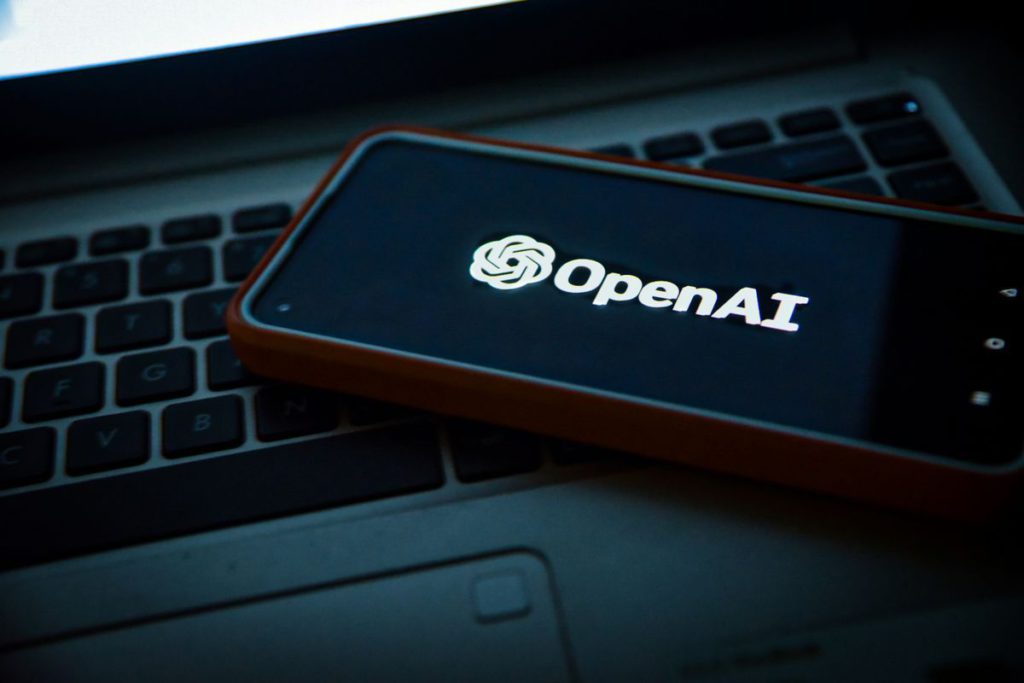
Even perfect prompts occasionally produce garbage outputs. The difference between frustrated users and prompt masters? Recovery strategies that salvage conversations instead of starting over. Techniques such as iterative prompt refinement allow users to quickly adapt and improve results.
Quick fixes include asking for alternative approaches, requesting specific formatting changes, or clarifying misunderstood requirements. Advanced users maintain prompt libraries with proven recovery patterns, turning AI hiccups into minor speed bumps rather than roadblocks.
7. Temperature Control: The Setting Nobody Talks About
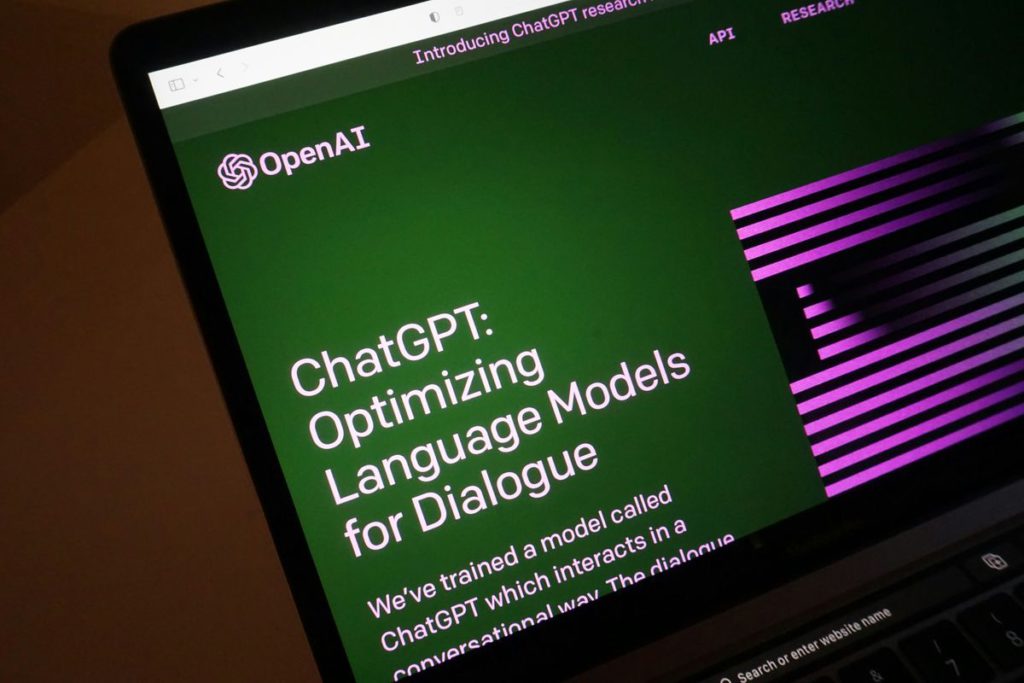
Temperature settings control how creative or conservative your AI outputs become, but most people never touch this dial. Low temperatures (0.2-0.4) produce focused, predictable responses perfect for data analysis or technical documentation. The temperature parameter in AI models is a key setting that influences whether outputs are creative or precise.
Real example – Financial analysis prompt at 0.2 temperature:
“Analyze Q3 revenue data: consistent, factual interpretation focusing on key metrics.”
Same prompt at 0.8 temperature:
“Discovers unexpected patterns, suggests creative solutions, makes innovative connections between data points.”
Crank the temperature higher for brainstorming sessions or problem-solving that needs unconventional approaches. If you’re curious about creative AI applications, explore these must-try ai video tools that show how prompting powers both productivity and artistic innovation.
6. Chain of Thought Prompting: Building Clarity in Layers
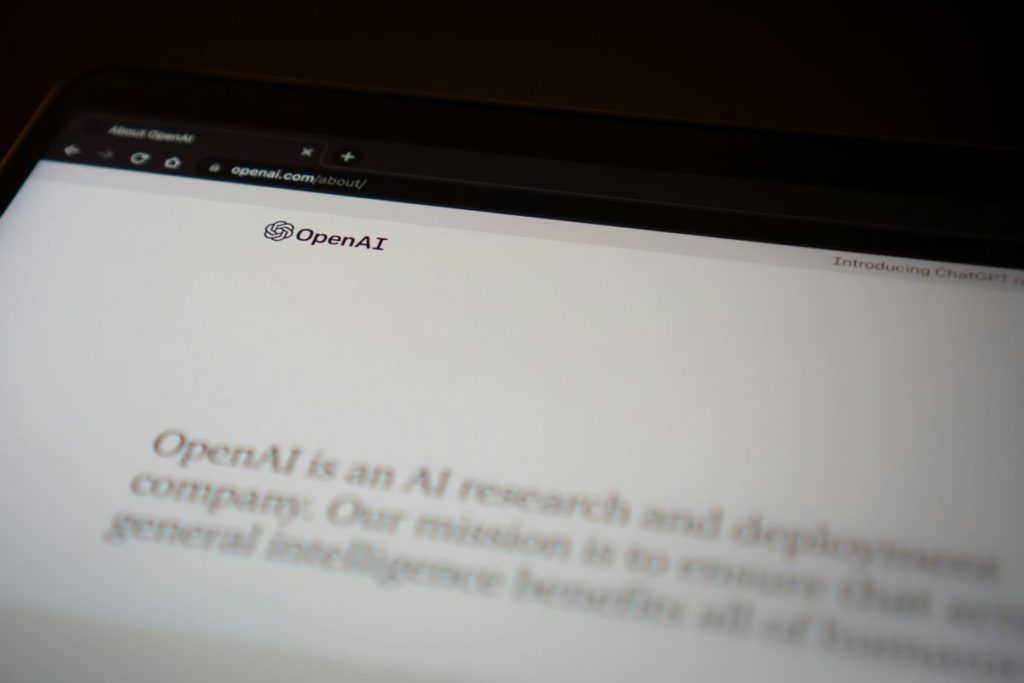
Chain of thought prompting works like building a Lego masterpiece—one carefully placed brick at a time. Instead of overwhelming the model with a single mega-prompt, context and instructions are layered for clarity. The chain of thought prompting framework helps structure these steps for more logical and nuanced results.
Developing a marketing strategy? Start by defining your target audience, add industry context, then specific campaign goals, and finally creative parameters. Each prompt builds scaffolding of understanding that leads to more nuanced, thoughtful outputs while preventing information overload.
5. The Evolution of Interfaces: From Spreadsheets to Prompts
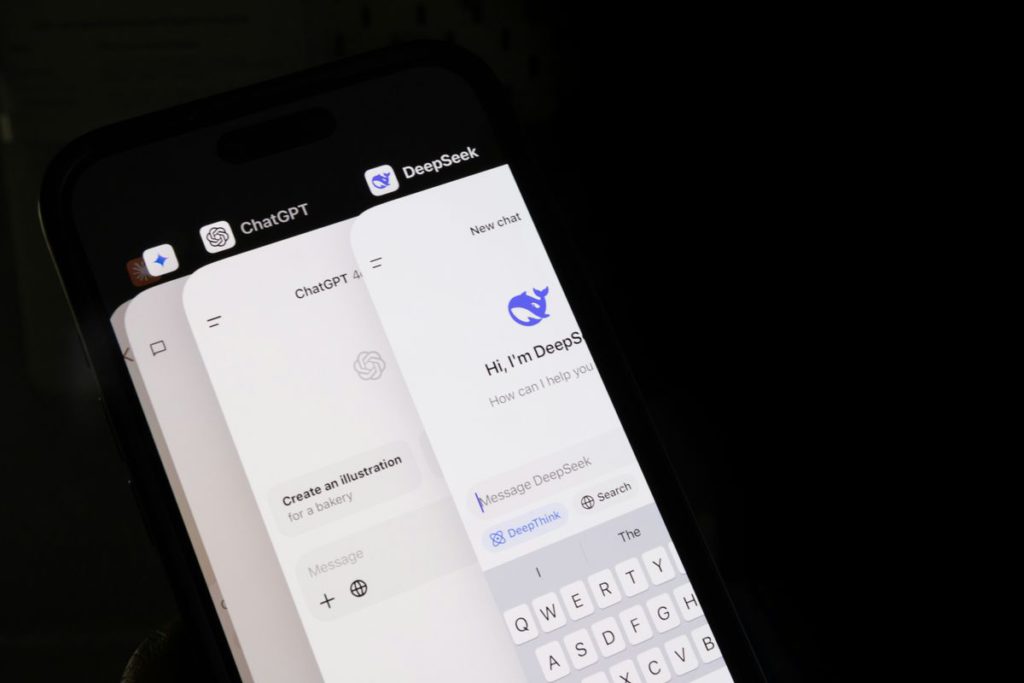
Remember when Excel wizards were the most valuable people in any office? Spreadsheets transformed accounting from ledger books to dynamic models, creating an entire class of professionals who built careers on formula mastery.
Today’s prompt interfaces replace complex syntax with natural language, yet they’re remarkably powerful. While Excel helped us manage data, prompts help us manage thinking processes themselves. Mastering this skill means enhancing cognitive abilities in ways we’re only beginning to understand. Dive deeper into the groundbreaking technologies shaping the future to see how AI and innovation are rewriting what’s possible in every field.
4. The Prompt Tool Scam You Need to Avoid
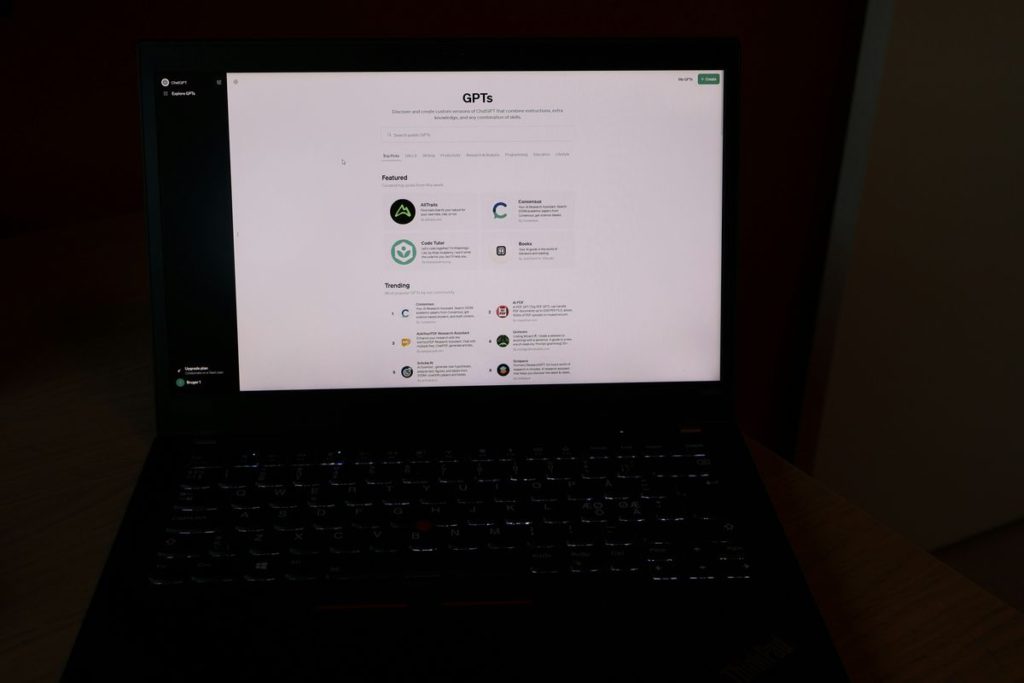
Monthly subscriptions for “AI prompt libraries” are popping up everywhere, charging $29-99 for collections of prompts you can find free online. These services prey on people who think prompting is rocket science…. Here’s the truth: the best prompts are the ones you craft for your specific needs. Cookie-cutter templates from subscription services produce cookie-cutter results. Save your money and invest the time in learning the fundamentals instead.
Skip the middleman services promising “10,000 premium prompts.” Most are recycled variations of basic templates. Your brain and a notepad beat any overpriced prompt marketplace every single time. Understanding how to spot reputable AI resources helps you avoid these common pitfalls.
3. Role-Playing Prompts That Actually Work
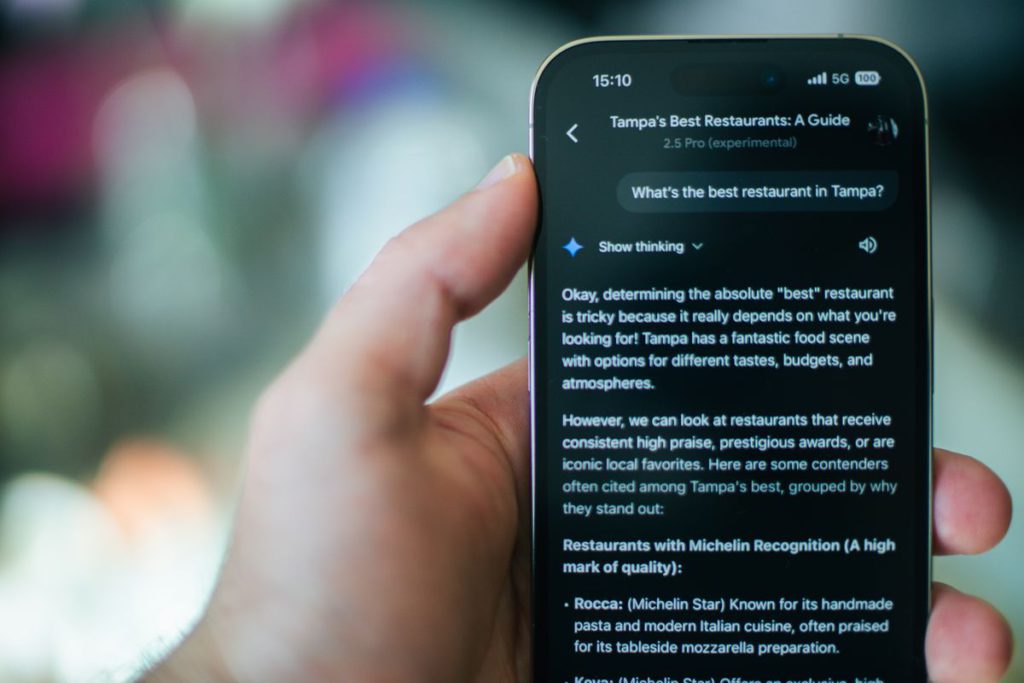
Generic “act like an expert” prompts produce generic expert-wannabe responses. Specific role definitions with clear parameters unlock genuinely useful perspectives that cut through surface-level advice. Techniques for effective role-based prompt design allow for more targeted, actionable responses.
Bad prompt: “Act like a marketing expert and give me campaign ideas.”
Result: Generic listicle of tired strategies.
Good prompt: “You’re a B2B SaaS marketing director at a $8M ARR company. Your CAC is $1,200, LTV is $4,800, and you need 30% more SQLs in Q3. What three specific campaign tactics would you test first?”
Result: Targeted, actionable strategies with budget considerations.
The difference? Specificity creates expertise. Vague instructions guarantee vague results every single time.
2. Prompting as a Thinking Discipline

Effective prompts start with clarity in your own head. Unlike Googling, where you can throw vague terms at the search bar and refine as you go, AI prompting demands you know your destination before the journey begins.
This communication protocol bridges your intentions with machine execution, much like how a film director translates their vision into specific guidance for actors. The clearer your mental picture, the more precise your results become. Approaching prompt engineering as a cognitive skill empowers users to design better interactions.
1. Building Your Prompt Arsenal
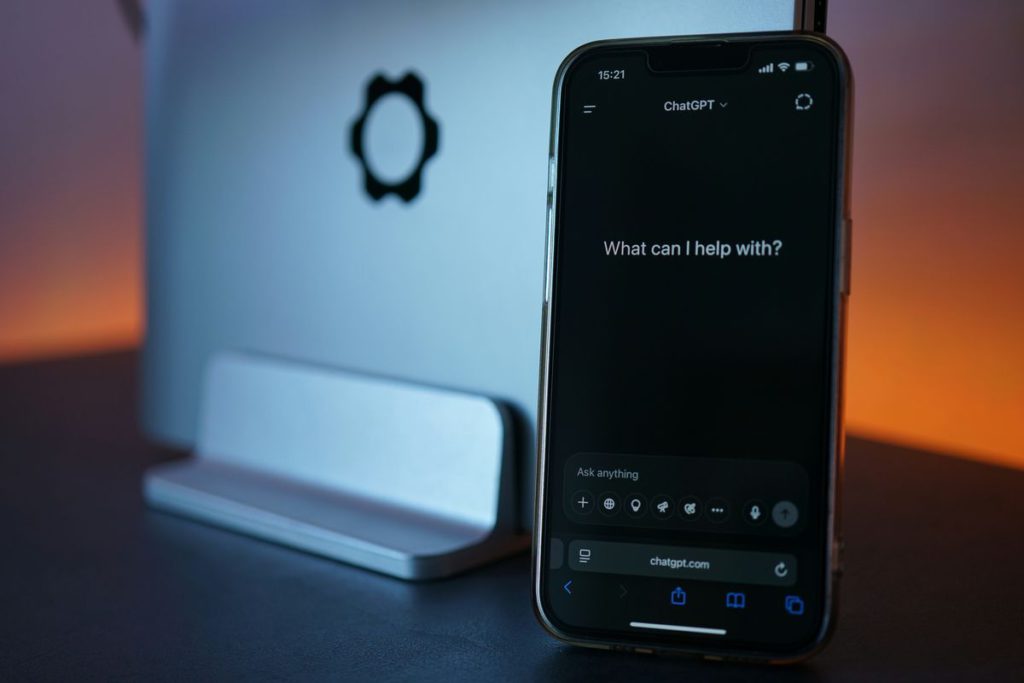
Professional prompters maintain personal libraries of tested, refined prompts organized by use case and outcome type. This isn’t hoarding—it’s strategic asset building for cognitive leverage.
Start with five core categories: analysis, creation, research, problem-solving, and communication. Refine successful prompts, document what works, and eliminate what doesn’t. Your prompt collection becomes your competitive advantage, accelerating every future AI interaction while others fumble with generic attempts. Guidance on building a prompt library for AI can help you get started.


















